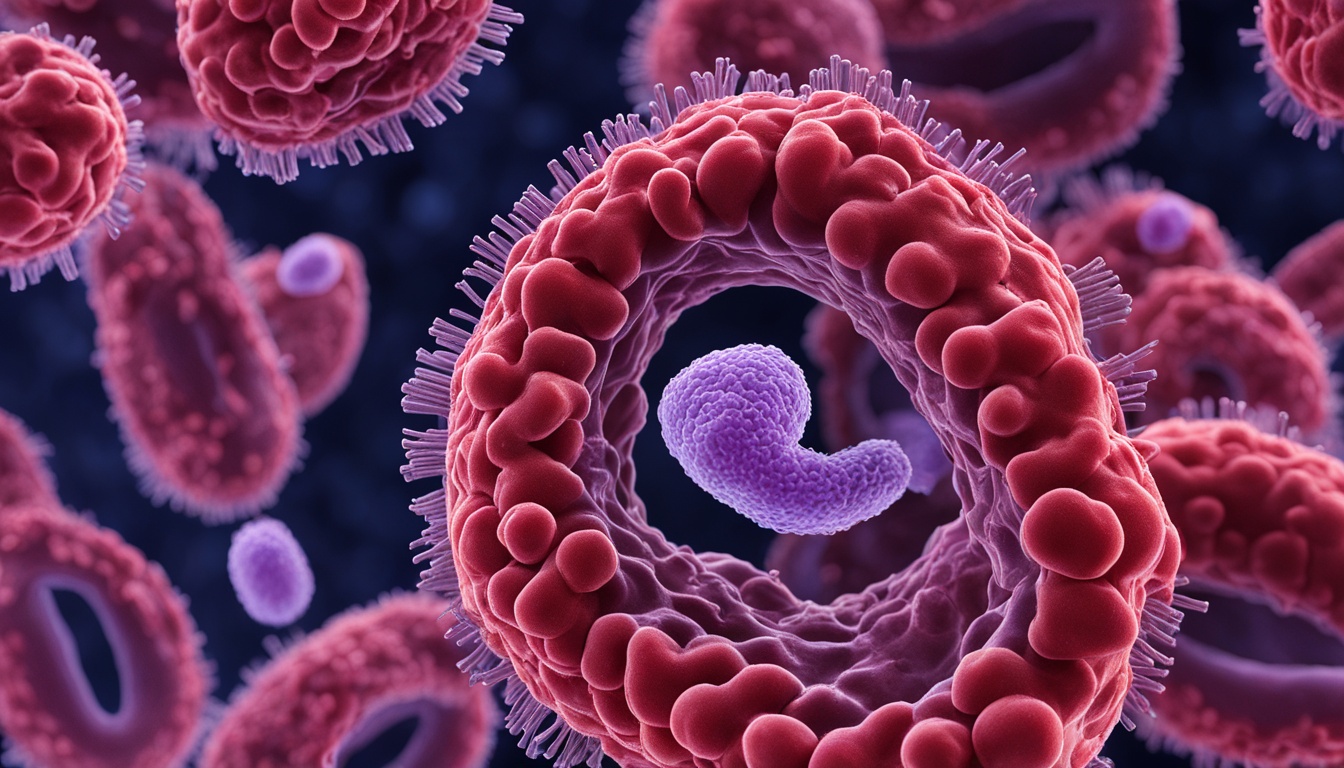Shigella infection is a very contagious diarrheal disease. It’s caused by the Shigella bacteria. This illness brings watery diarrhea, fever, and tummy ache. It may advance to dysentery, showing blood or mucus in stool. Shigella bacteria can be from four groups: S. dysenteriae, S. flexneri, S. boydii, and S. sonnei. They spread through contact with infected feces or consuming tainted food or water.
Shigella infection is a big worry in the developing world. It is a key cause of diarrheal death in South Asia and sub-Saharan Africa. In the U.S. and other developed places, it usually spreads at daycare centers, institutions, or through contaminated food. This difference is due to better sanitation and water treatment in developed areas.
Today, antibiotic resistance is growing in Shigella cases. This makes choosing the right antibiotics a key point in treatment. Doctors use tests like culture and PCR to diagnose it. In most people, it goes away on its own. But, in kids or those with weakened immune systems, it can be pretty bad.
Key Takeaways:
- Shigella infection is a highly contagious diarrheal disease caused by the Shigella bacteria.
- Common symptoms include watery diarrhea, fever, and abdominal pain.
- The infection is primarily transmitted through exposure or outbreaks at daycare centers, institutions, or foodborne transmission.
- Antibiotic resistance is an increasing concern in Shigella infections.
- Diagnosis is based on microbiological studies, such as culture and PCR.
Epidemiology of Shigella Infection in Thailand
In Thailand, Shigella infection is a big problem. It’s part of a larger global issue. Poor hygiene, overcrowding, and little access to clean water make it worse. Thailand, just like many other developing countries, sees a lot of Shigella cases.
The main type of Shigella in Thailand is called S. flexneri. But the exact number of cases is not widely known. This is because the country faces challenges that help the bacteria spread. Not having enough clean water, poor hygiene, and bad sanitation are major issues.
To fight Shigella, Thailand needs to do several things. It must get better at hygiene, improve water access, and sanitation. These actions are key to lower Shigella infections.
Epidemiological Overview
Shigella is a big focus for public health in Thailand and other developing places. The lack of proper hygiene and sanitation makes the situation worse. This leads to more people getting sick with Shigella.
Preventing Shigella Infection in Thailand
Thailand must use different ways to fight Shigella. It should teach people how to wash their hands well and promote clean water. Also, having good sanitation is important. These steps can help cut Shigella’s impact.
Control Measures
To control Shigella, Thailand also needs strong measures. This means finding cases early, isolating those infected, and tracing their contacts. Doing these things quickly is important for keeping Shigella from spreading.
Educational Campaigns
Making people aware of good hygiene and safe food is crucial. So is teaching everyone about the right way to handle sanitation. Educational efforts for the public and those who work in health and food can make a major difference.
| Key Points: | – Shigella infection is more common in developing countries with poor hygiene and sanitation |
|---|---|
| – The majority of cases in Thailand are caused by the S. flexneri serotype | |
| – Incidence of Shigella infection in Thailand is likely significant | |
| – Prevention and control measures are crucial to reduce the burden of Shigella infection |
Diagnosis and Treatment of Shigella Infection
To properly treat Shigella infection, you must diagnose it accurately. This is done through microbiology tests, such as stool culture and PCR. PCR, a newer method, is quicker and more sensitive in finding the Shigella bacteria.
Doctors can know the exact Shigella species and plan the best treatment. Antibiotics are usually given for moderate to severe cases. The choice depends on what works locally and the patient’s condition.
But, some Shigella strains are getting resistant to antibiotics. So, always check what works in your area before starting treatment. This ensures the medicine will fight the infection effectively.
Besides antibiotics, other treatments like stem cell therapy are being explored. Stem cells can help the body heal and improve the immune reaction. Though still in research, this approach might change how we treat Shigella in the future.
Natural Remedies and Supportive Care
Helping the body heal naturally is vital alongside medical care. Several steps can reduce symptoms, including:
- Drinking plenty of fluids to prevent dehydration caused by diarrhea
- Eating a bland diet with foods like bananas, rice, applesauce, and toast
- Using over-the-counter drugs for diarrhea and fever with a doctor’s advice
- Cleaning hands often and keeping personal space hygienic
- Taking time to rest for recovery
Using a mix of medical help, natural remedies, and care is key. It aids in a quicker recovery and lessens the impact on health.
Conclusion
Shigella infection is a big health problem in Thailand and worldwide, especially in places with poor hygiene. It causes watery diarrhea, stomach pain, and can lead to dysentery. This means there might be blood or mucus in the stool.
It’s vital to stop the spread of Shigella. Ways to do this include better hygiene, clean water, and good sanitation. These steps help prevent the bacteria from spreading.
Stem cell therapy could be a new way to treat Shigella. It helps the body heal and can make recovery faster. This also lowers the chance of having serious problems.
By focusing on preventing Shigella and using new treatments, Thailand can fight this infection better. Making sure people have the right medical care is key. This helps lower the health risks Shigella brings.

